Originating from some growing areas in Binh Thuan that were warned by China about being infected with quarantine objects in the past, the provincial Department of Cultivation and Plant Protection has implemented a model to prevent quarantine objects on dragon fruit trees.
Plant quarantine objects
In Vietnam, most fruits including dragon fruit, longan, rambutan, mango, jackfruit, banana, etc. are exported to China. In previous years, agricultural products exported to this country were quite easy-going, not requiring production according to VietGAP, GlobalGAP standards, etc. However, this market has increasingly encountered technical barriers, causing difficulties in exporting fruits, including dragon fruit from Binh Thuan province.
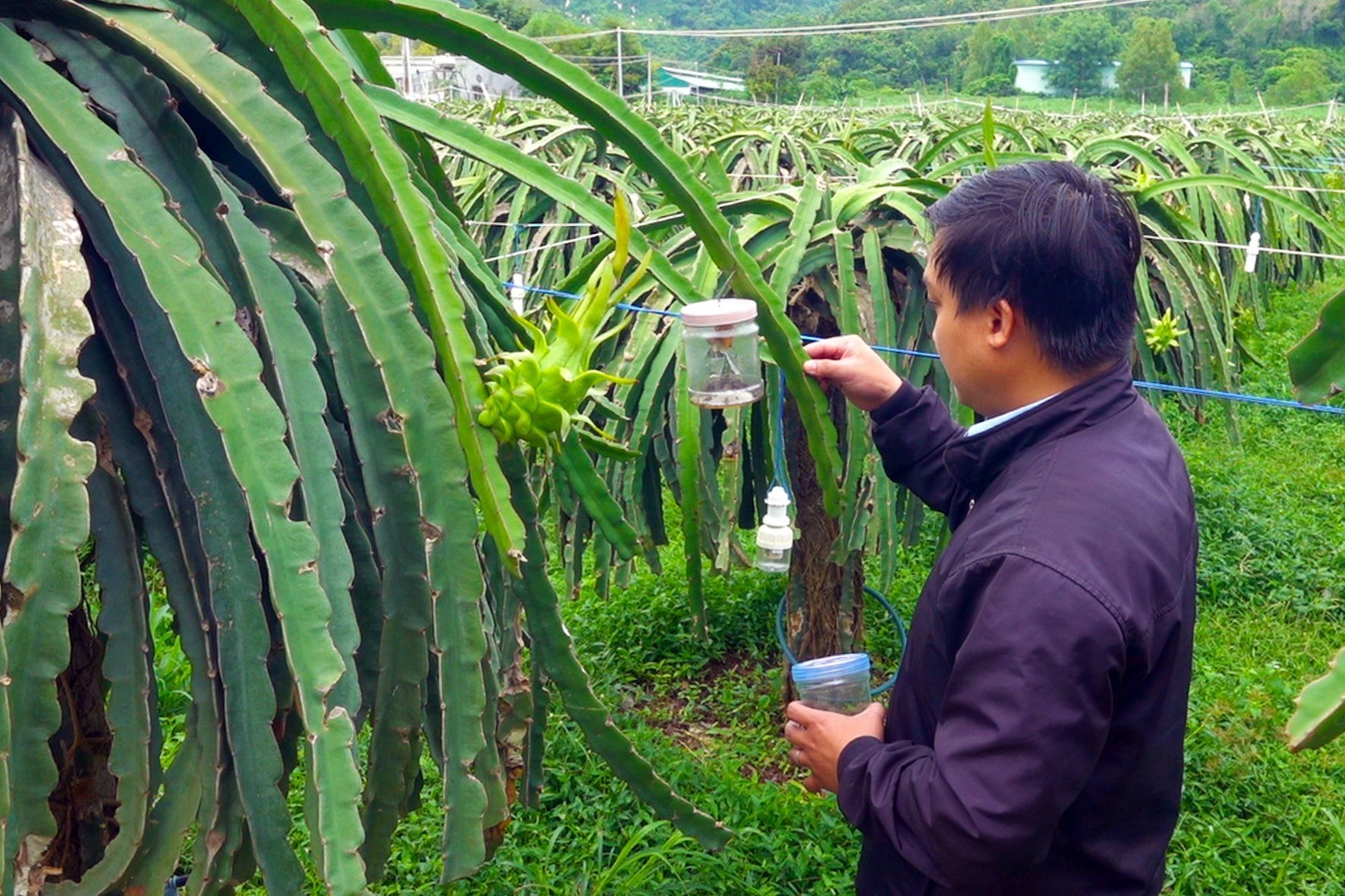
Notably, both fruit flies and mealybugs are currently subject to plant quarantine in China. In particular, fruit flies cause damage all year round, most severely from May to September on many types of fruit trees and fruit vegetables such as squash, bitter melon, chili, etc. According to the Department of Cultivation and Plant Protection, from the beginning of 2024 to now, the Plant Protection Department has sent 3 documents to the Department of Cultivation and Plant Protection of Binh Thuan, notifying that some planting area codes and packaging facilities violated plant quarantine when exporting to the Chinese market. Therefore, assigned by the Department of Agriculture and Rural Development, in 2024, the Department implemented 2 models of plant quarantine control on dragon fruit. The households participating in the model are Mr. Nguyen Ngoc Suyen, Song Phan commune, Ham Tan district and Mr. Huynh Canh, Ham Cuong commune, Ham Thuan Nam district, the model implementation area is 1 ha/site.
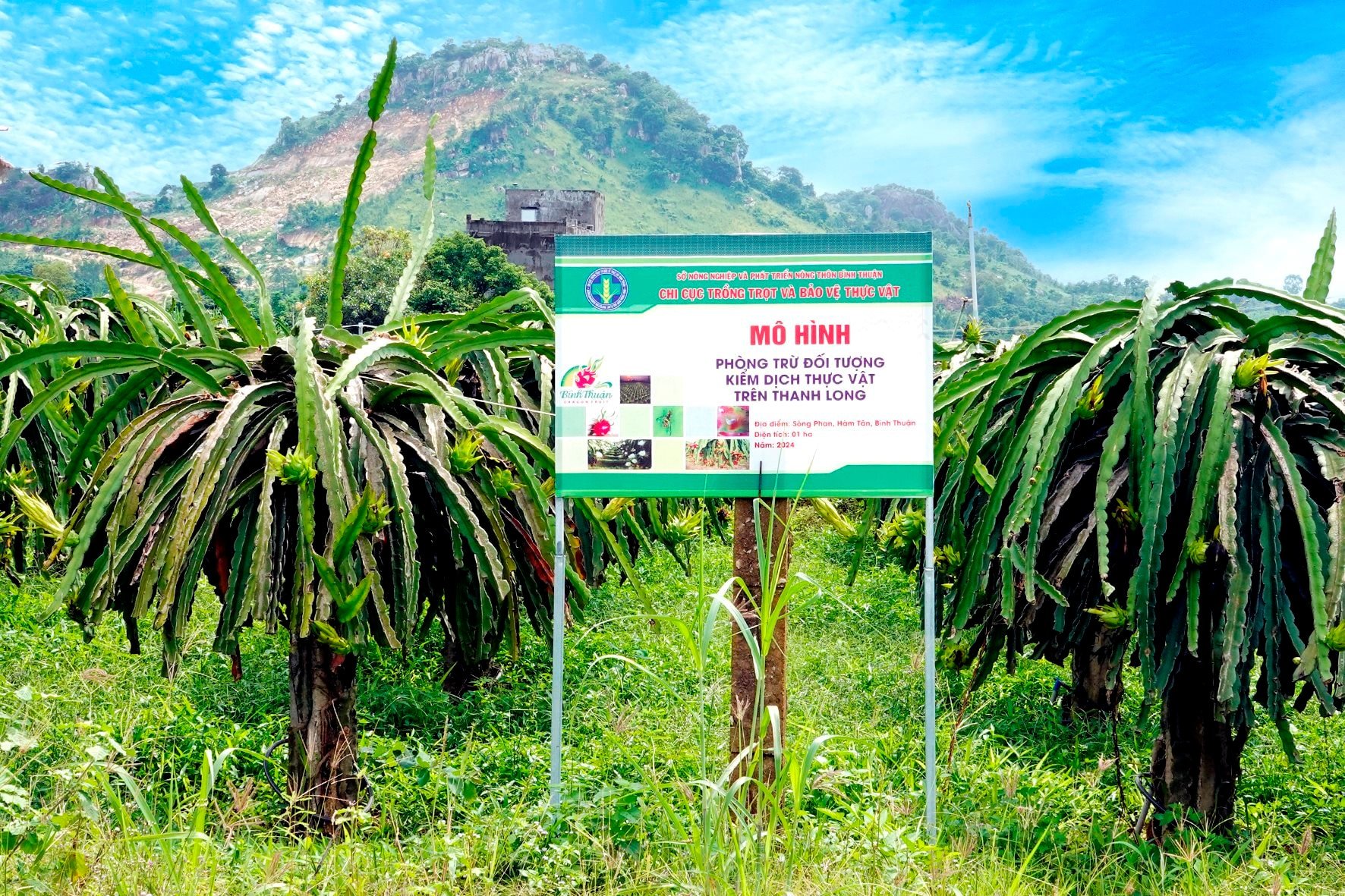
Implementation period from July to November 2024. The aim is to help farmers change their awareness of clean, safe, sustainable production, meeting the increasingly demanding needs of the agricultural export market, including the strong product of Binh Thuan dragon fruit. According to Mr. Le Huu Nhiem - technical officer of the Provincial Department of Cultivation and Plant Protection, during the implementation of the model, the department assigned technical officers to regularly inspect, supervise, monitor 1 day/week and record data. Particularly, households participating in the model directly inspect the implementation, care, fertilize and prevent pests and diseases according to the instructions of technical officers.
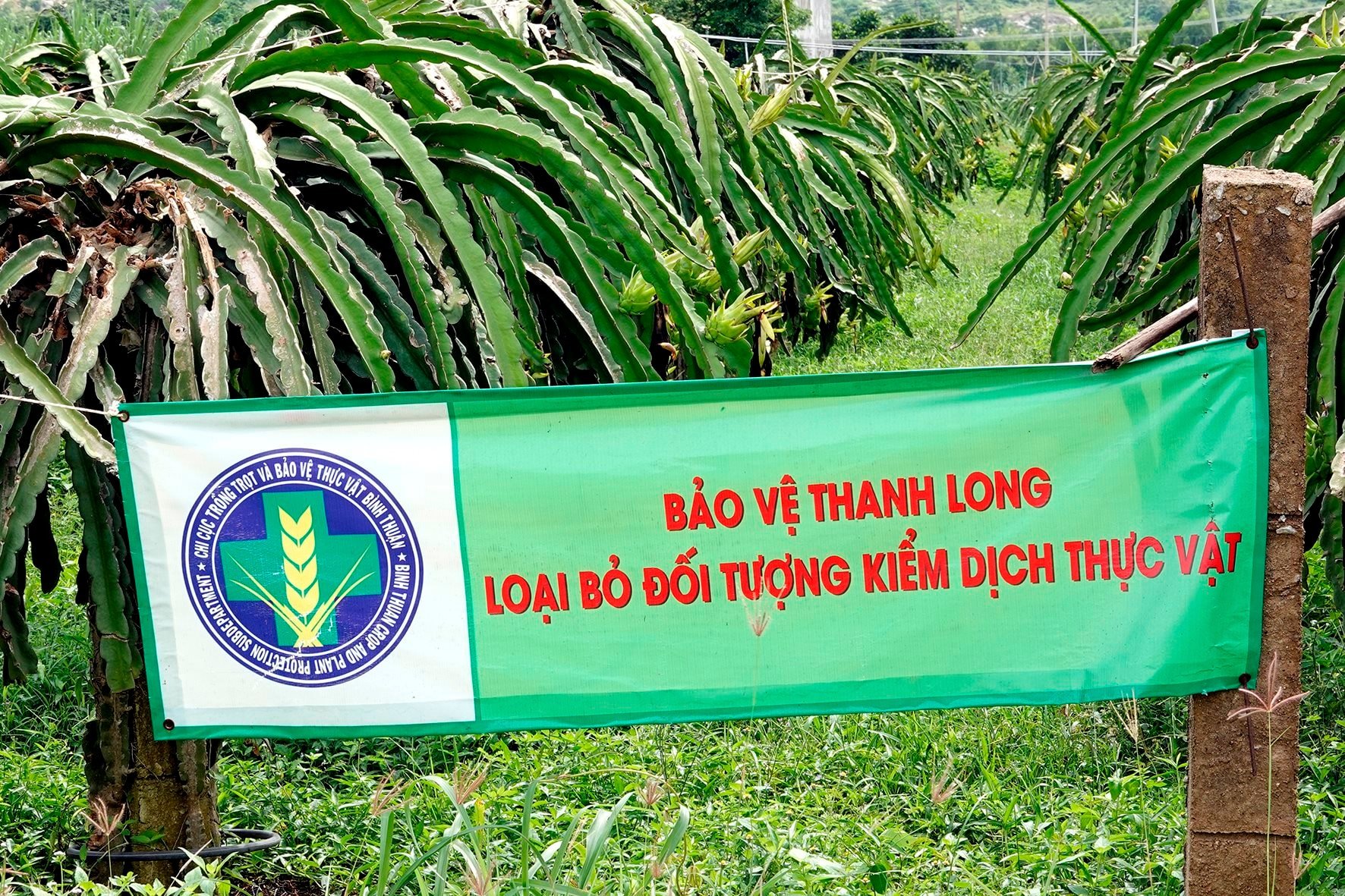
Various methods of prevention
Sharing about the effectiveness of participating in the model, Mr. Nguyen Ngoc Suyen, Song Phan commune, Ham Tan district said: Before implementing the model, farmers in the commune were trained by the provincial Department of Cultivation and Plant Protection, transferred techniques and methods of implementing the model. Thereby, people were provided with basic knowledge and techniques on how to prevent Chinese plant quarantine objects for dragon fruit. Thanks to that, it contributed to raising awareness, diversifying methods of preventing and destroying mealybugs and harmful fruit flies, protecting people's crops.
Accordingly, some physical and mechanical measures to prevent fruit flies are that farmers should collect fallen fruit and rotten fruit on the tree, put them in tightly tied plastic bags and dig holes to bury or burn them. Regarding cultivation, avoid intercropping with co-host plants such as guava, papaya, plum, star fruit, mango, etc. because they are a good source of spread and habitat for fruit flies. In addition, farmers should use cultivation traps by planting a corner of the garden with basil or purple perilla as a trap to attract male flies and destroy them. In addition, fruit bags are a measure to prevent fruit fly attacks. This measure is carried out from the formation of young fruit until harvest using specialized bags...
For mealybugs on dragon fruit, farmers should regularly clean the fields, collect and destroy residues around the base of the dragon fruit, cut off diseased branches, and clear weeds. Along with that, water and fertilize adequately to limit the growth of mealybugs. Use a water pump to spray strongly on areas with many mealybugs to wash away, create moisture on the tree and reduce mealybug density. Regularly check the garden to detect harmful mealybugs early, especially during the dry season. Prune and destroy parts of the tree that are heavily infected with mealybugs...
Source: https://baobinhthuan.com.vn/phong-tru-doi-tuong-kiem-dich-thuc-vat-tren-cay-thanh-long-124631.html


![[Photo] Myanmar's capital in disarray after the great earthquake](https://vstatic.vietnam.vn/vietnam/resource/IMAGE/2025/4/1/7719e43b61ba40f3ac17f5c3c1f03720)
![[Photo] Queen of the Kingdom of Belgium and the wife of President Luong Cuong visit Uncle Ho's Stilt House](https://vstatic.vietnam.vn/vietnam/resource/IMAGE/2025/4/1/9752eee556e54ac481c172c1130520cd)
![[Photo] President Luong Cuong and King Philippe of Belgium visit Thang Long Imperial Citadel](https://vstatic.vietnam.vn/vietnam/resource/IMAGE/2025/4/1/cb080a6652f84a1291edc3d2ee50f631)


![[Photo] Prime Minister Pham Minh Chinh meets with King Philippe of Belgium](https://vstatic.vietnam.vn/vietnam/resource/IMAGE/2025/4/1/be2f9ad3b17843b9b8f8dee6f2d227e7)

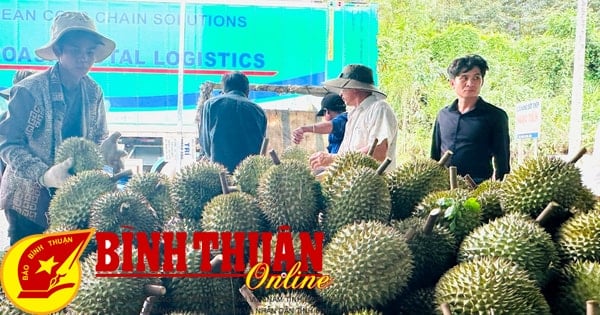
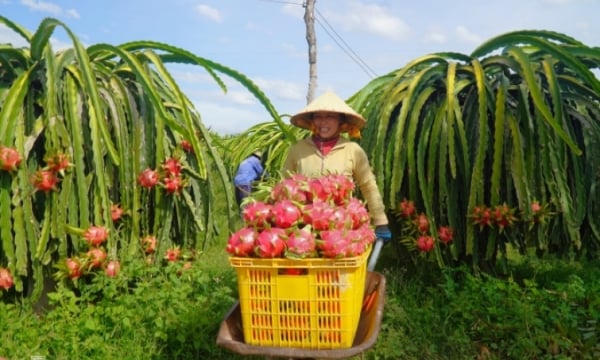
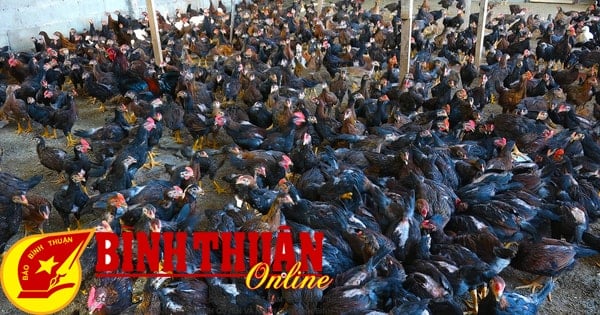




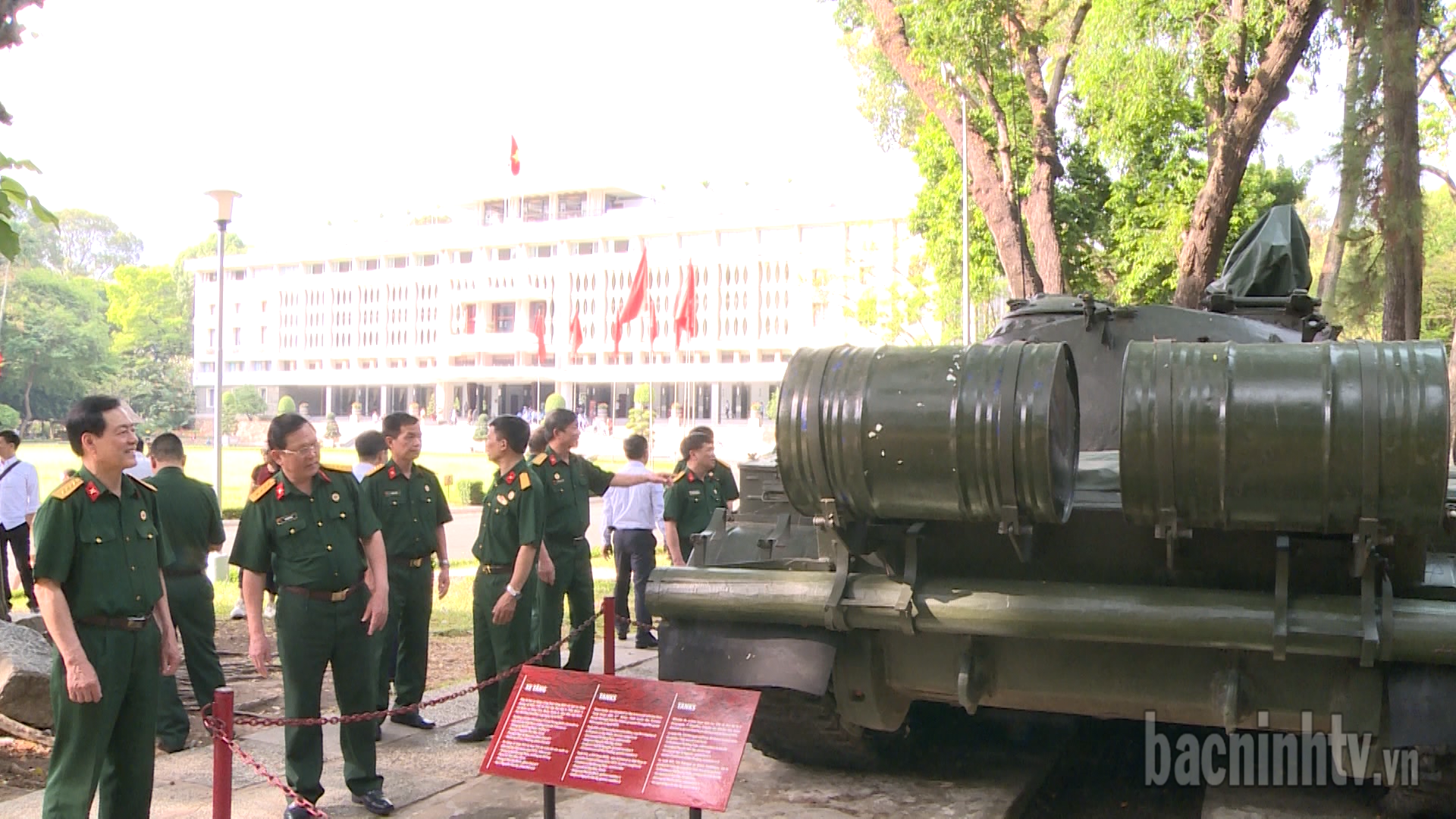

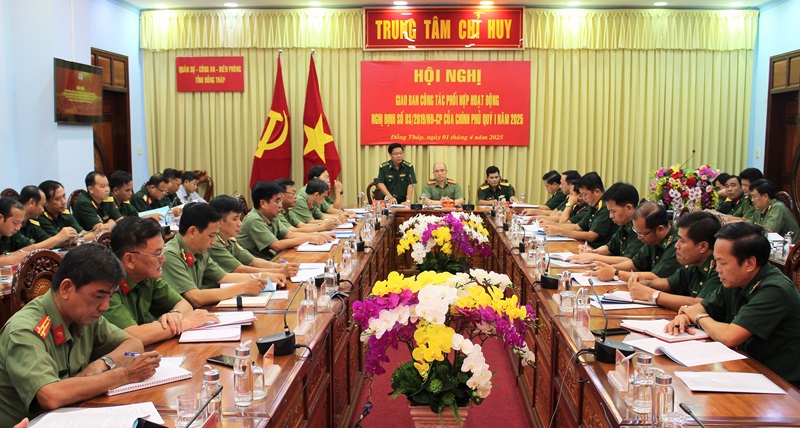





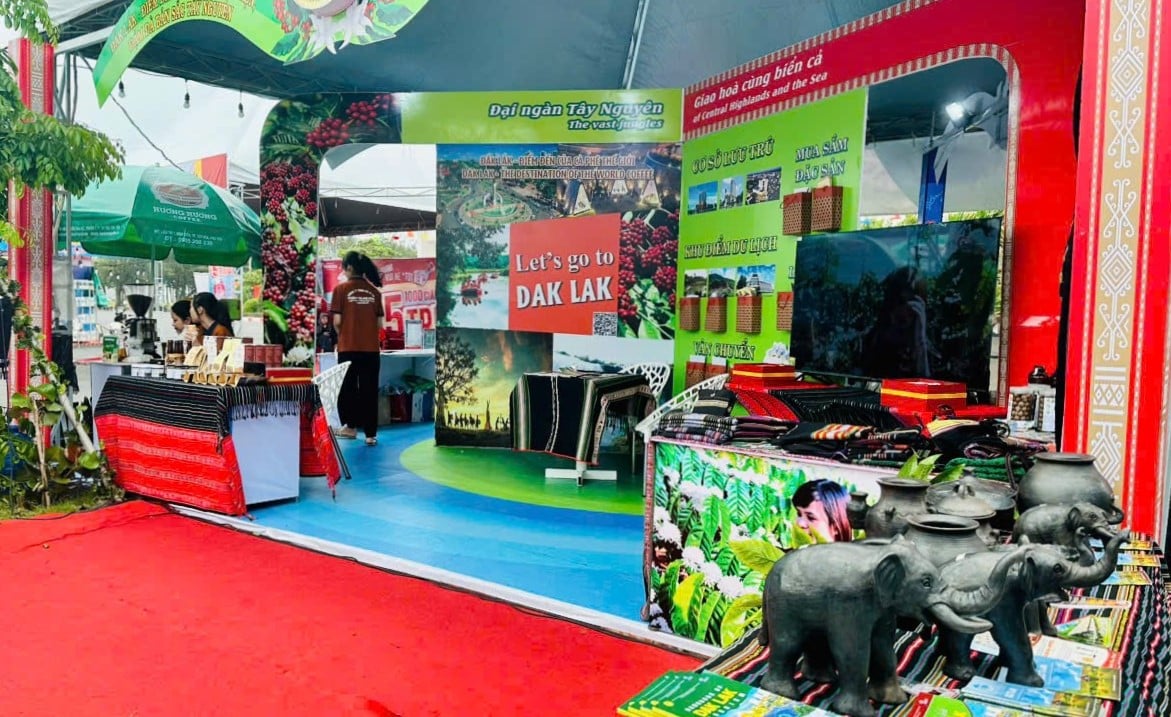




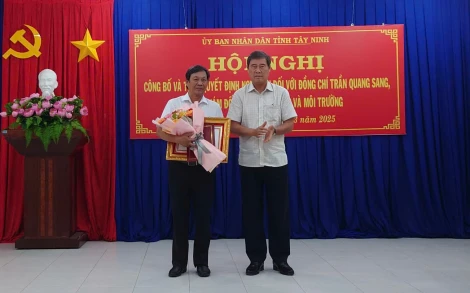
![[Photo] President Luong Cuong and the King of Belgium witness the Vietnam-Belgium document exchange ceremony](https://vstatic.vietnam.vn/vietnam/resource/IMAGE/2025/4/1/df43237b0d2d4f1997892fe485bd05a2)










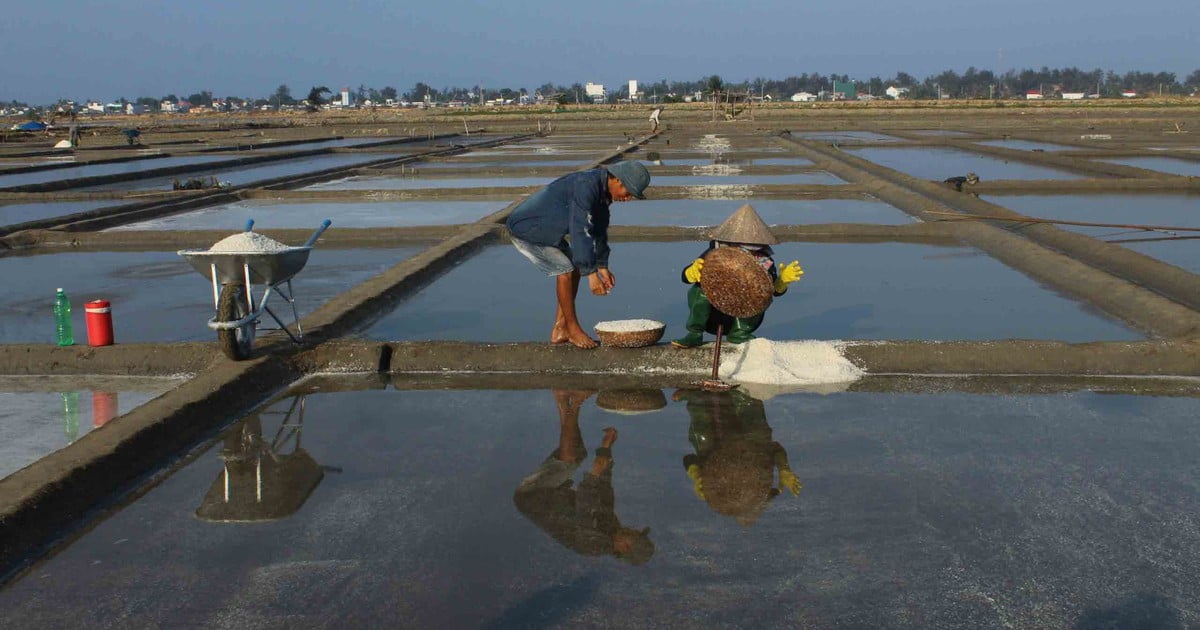


























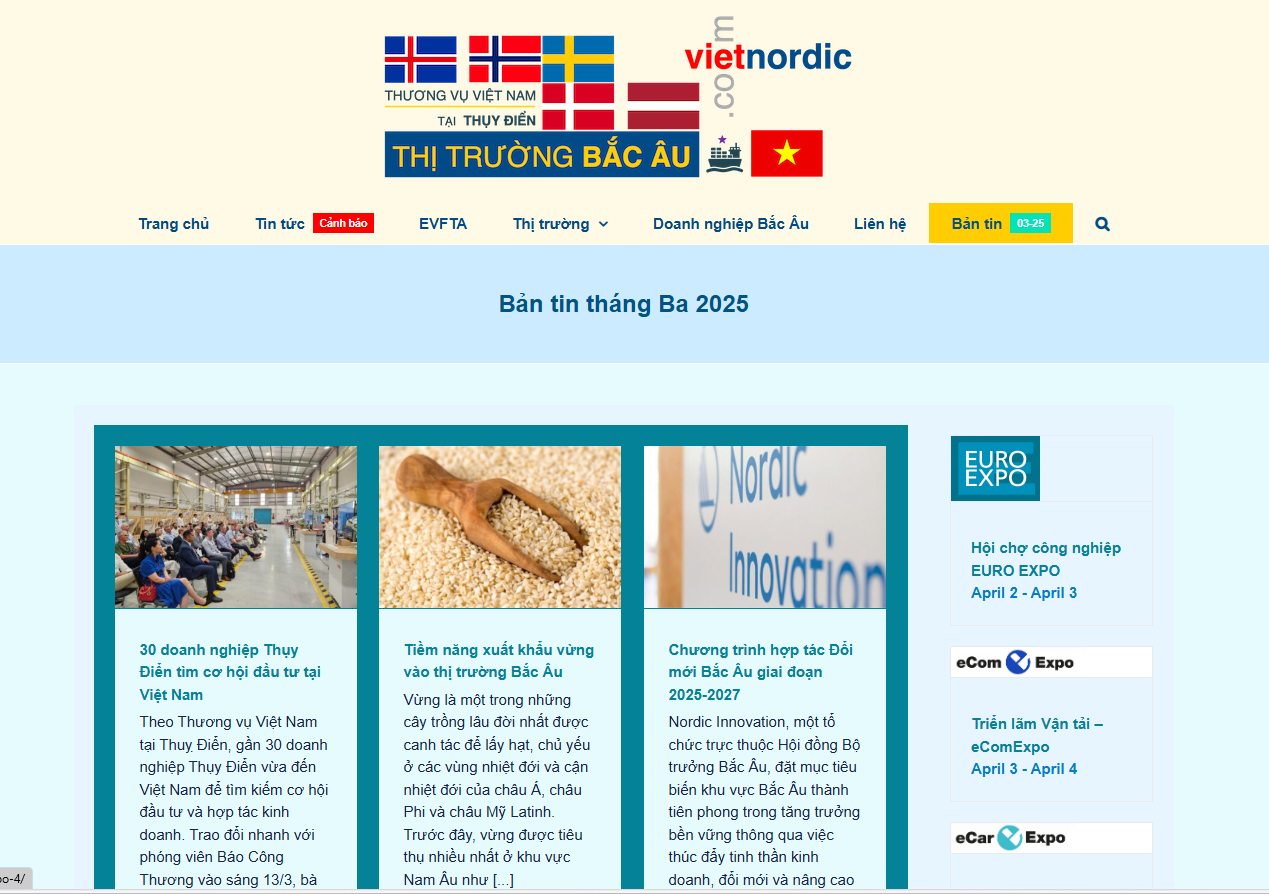

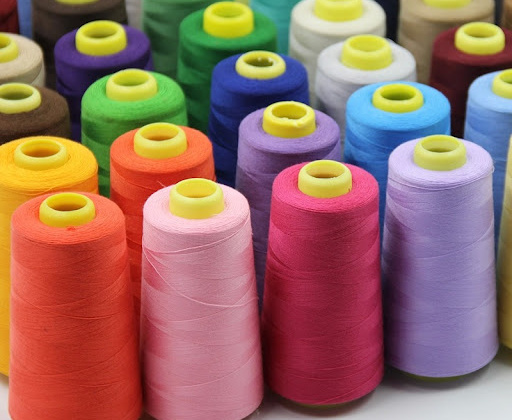






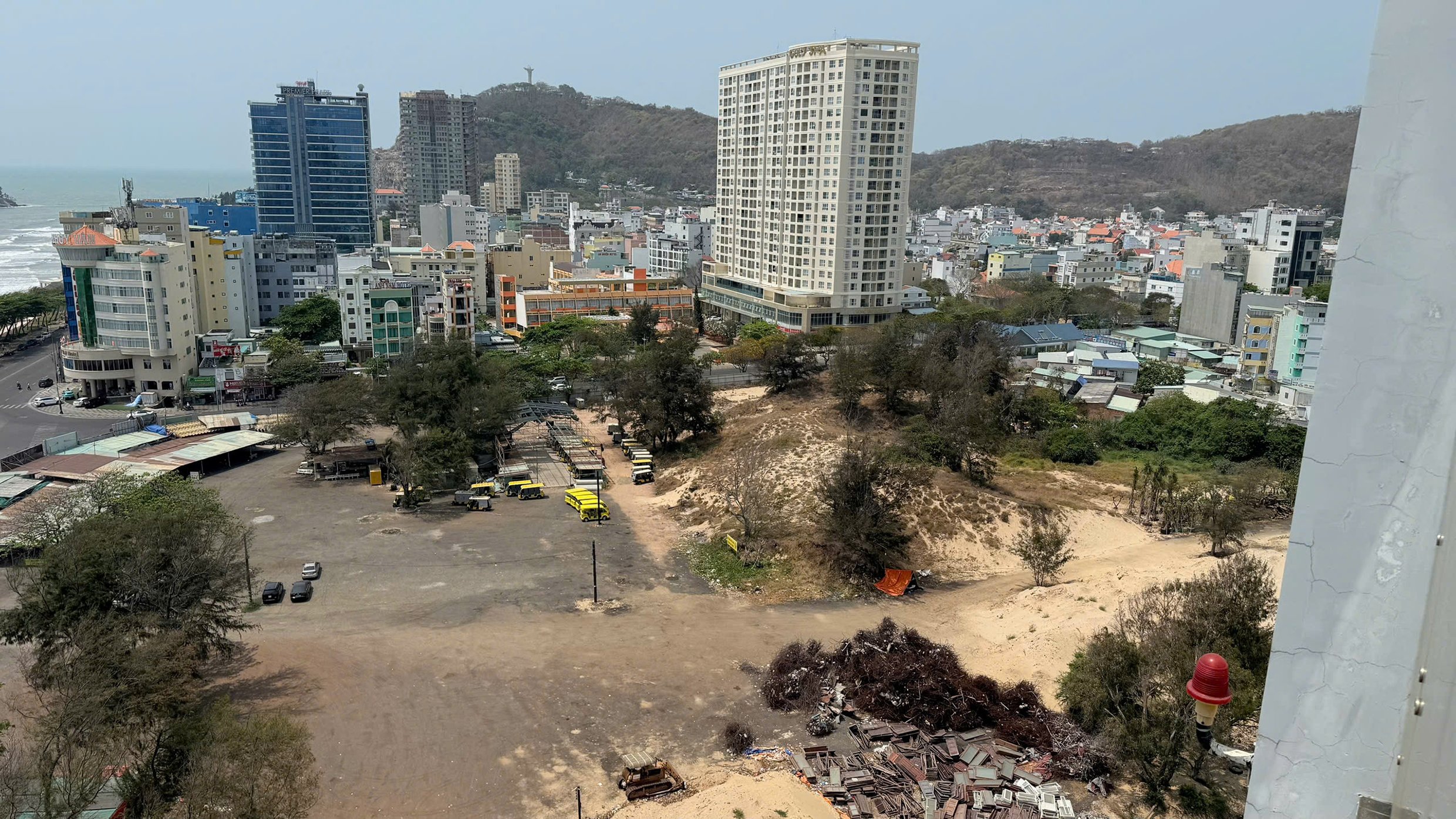

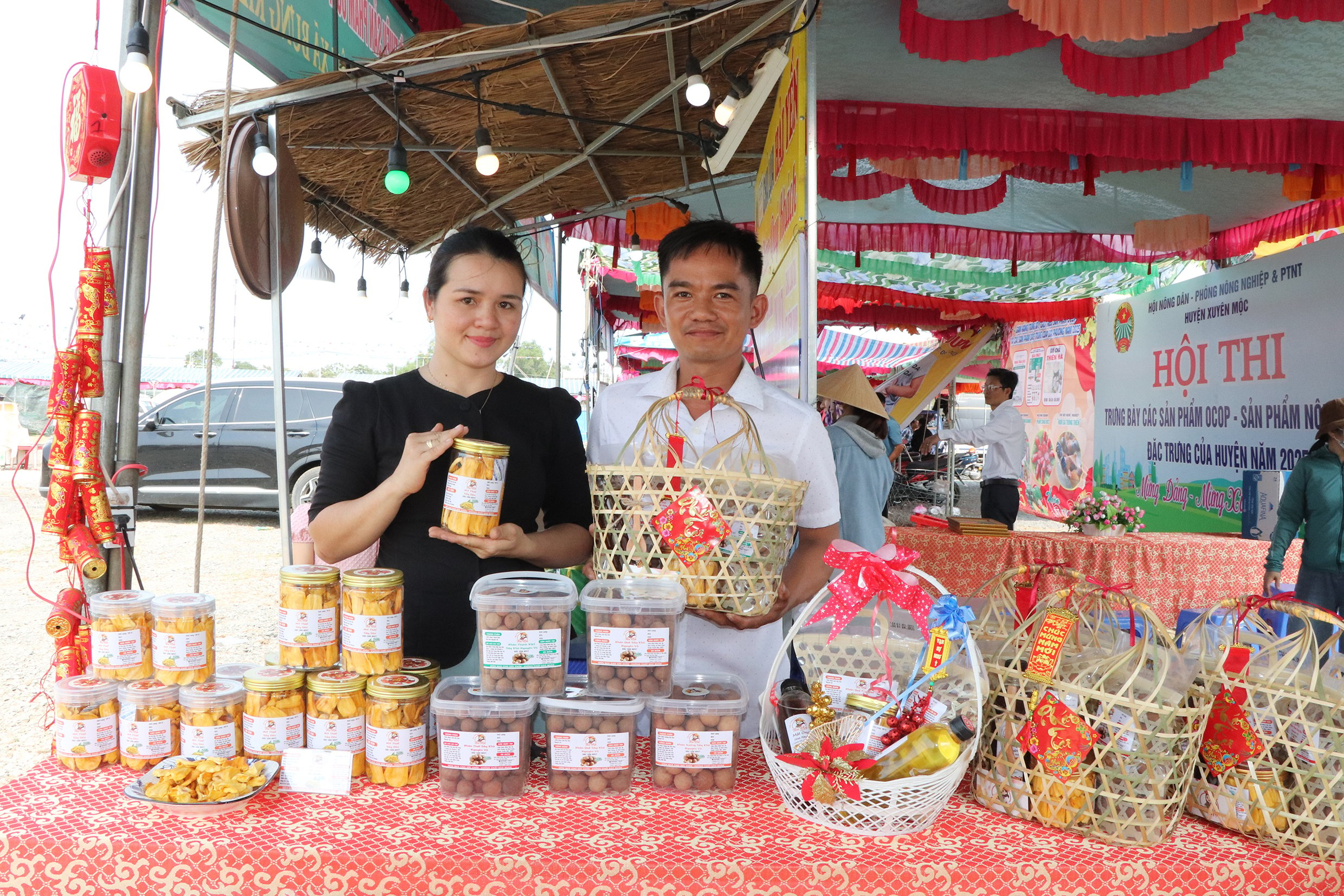

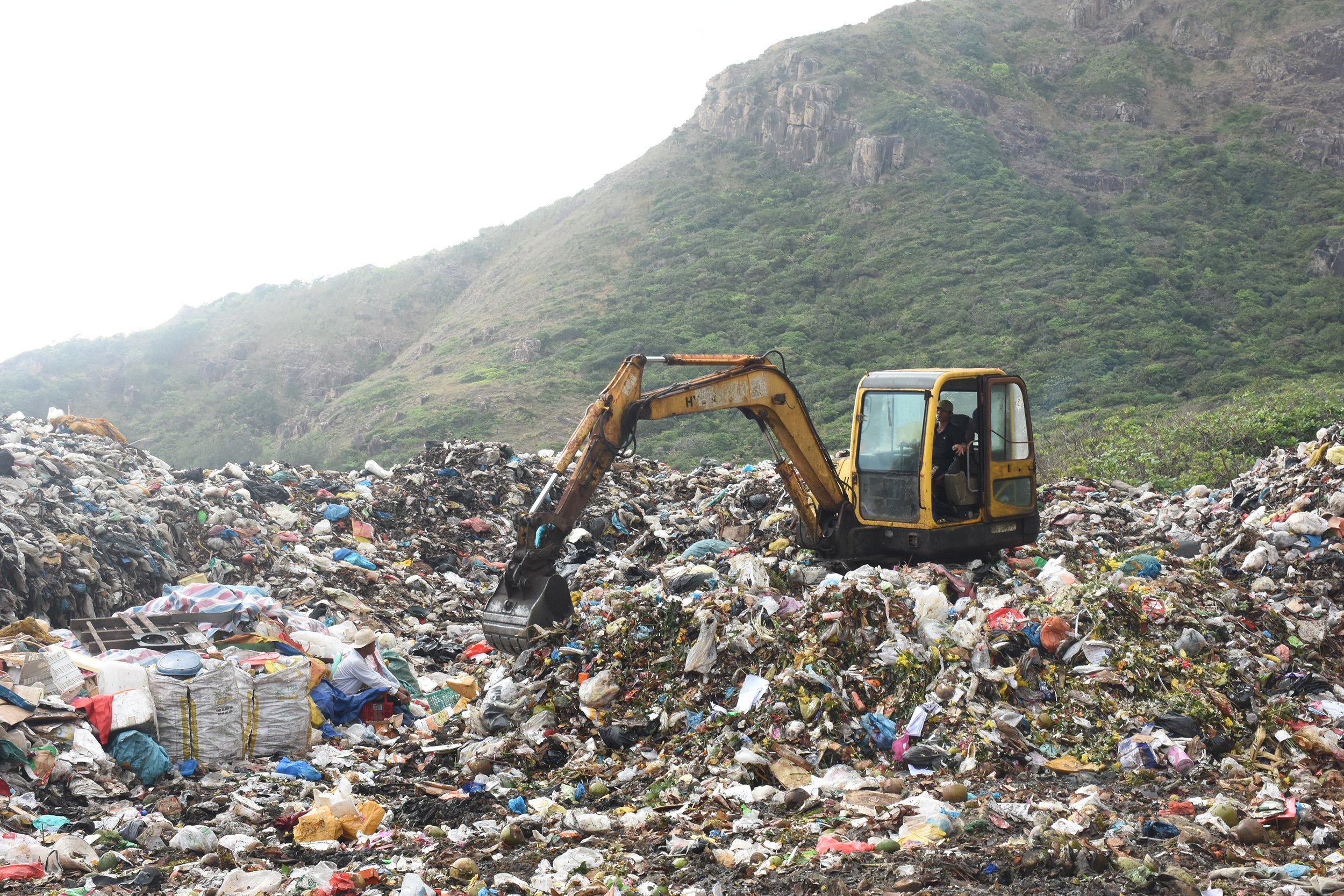
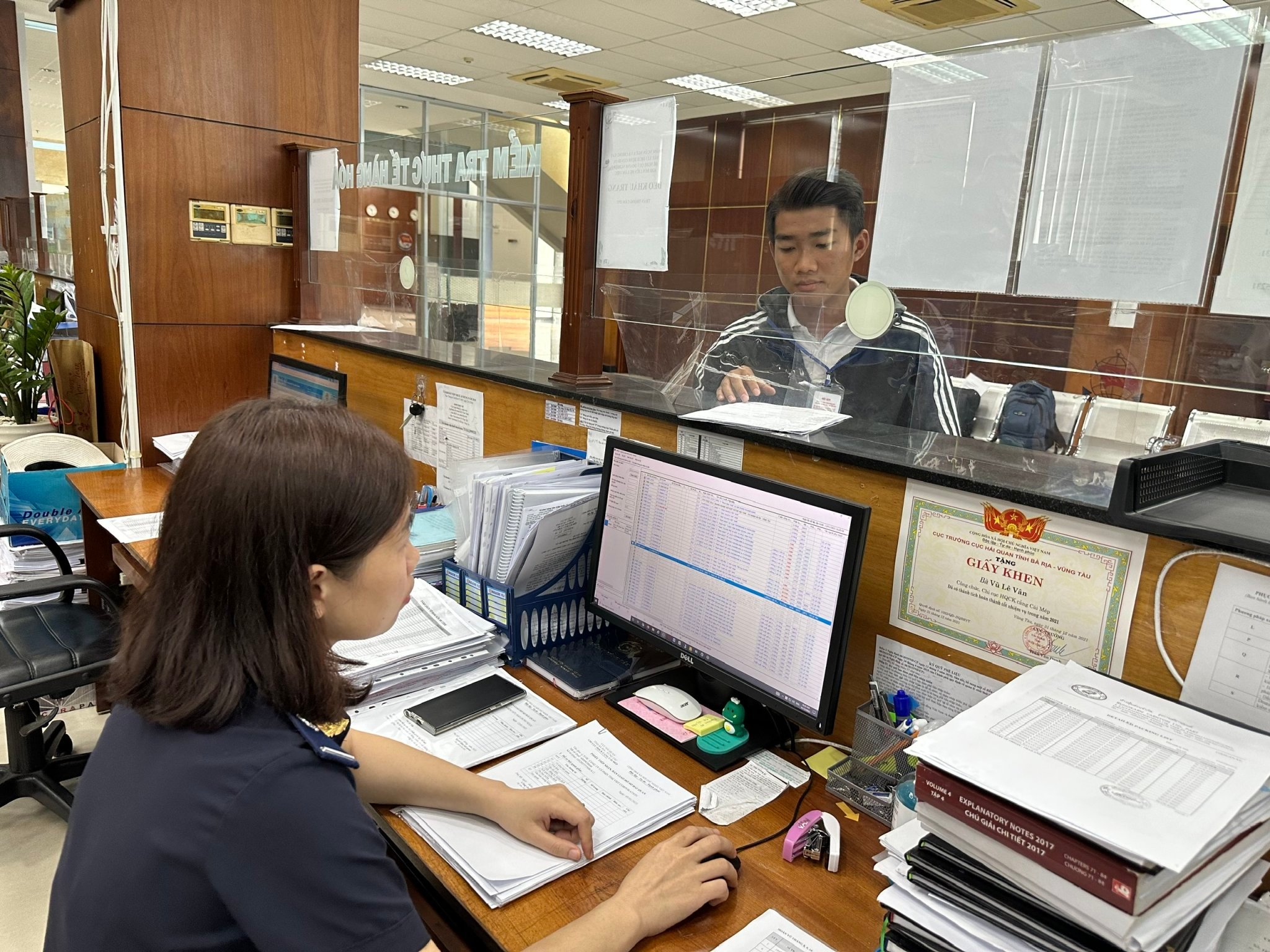




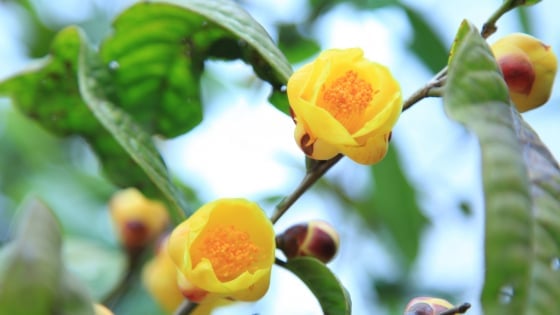

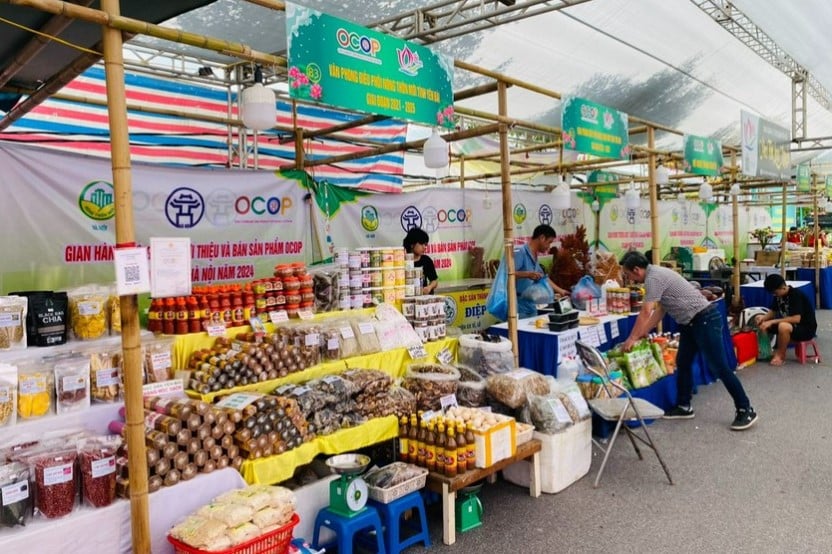
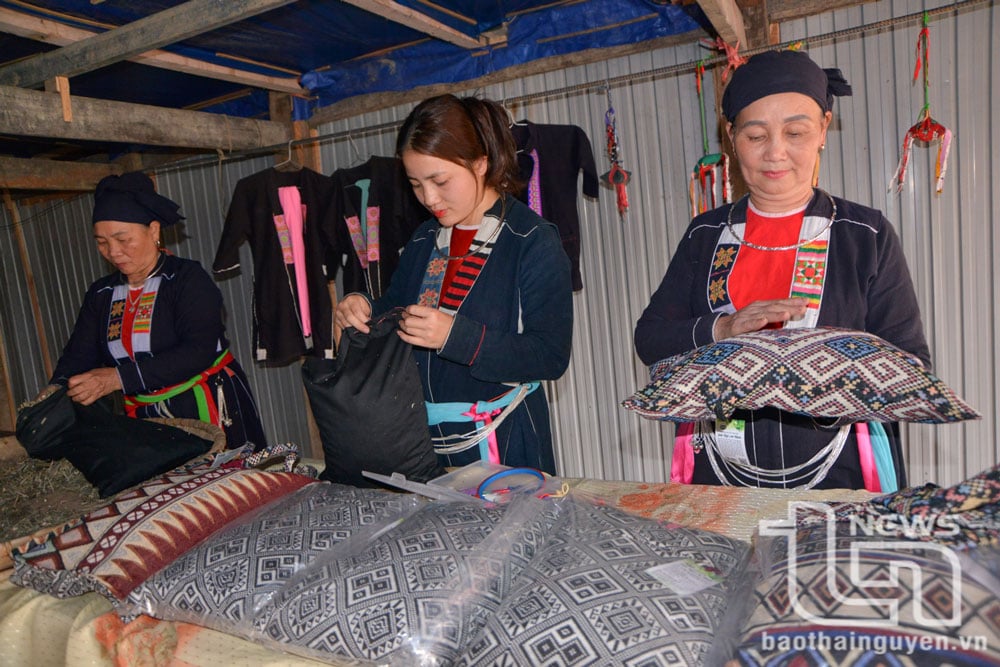



Comment (0)